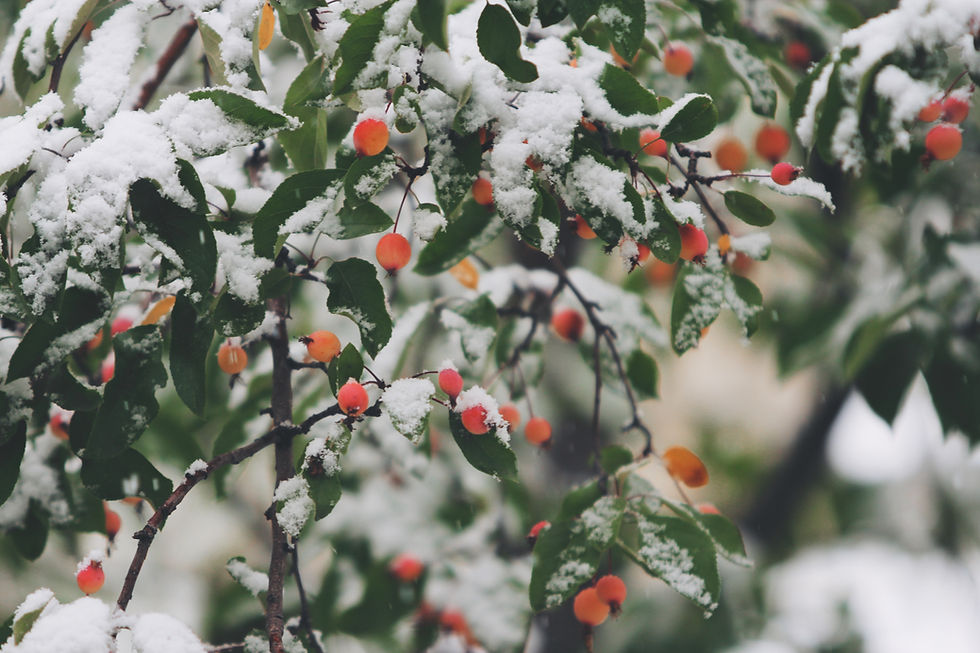Winter Gardening Tips
- Woodgate Neighbors

- Nov 27, 2022
- 2 min read

As cooler weather begins around the state, Texans need to start preparing their gardens and yards for the drop in temperatures. A good rule of “green” thumb is the farther north you live in the state, the sooner you need to start preparing.
“Texans should start thinking about preparing their garden for winter in early fall ideally; however, it’s not too late — and even think ahead to spring,” said Michael Arnold, Ph.D., director of The Gardens at Texas A&M University and professor of landscape horticulture in the Department of Horticultural Sciences at the Texas A&M College of Agriculture and Life Sciences, Bryan-College Station.
How to take care of your garden and lawn in cold temperatures
Arnold shared what he considers to be the key things Texans should be doing now to prepare for the coming seasons.
1. Remove spent annuals
Plant cool-season annuals for winter color in your gardens. “Annuals are a cost-effective way to add temporary color to your garden year-round by purchasing season-appropriate plants,” Arnold said. Also, you should immediately plant wildflower seeds, if you have them.
2. Weed and clean
Pansy is a good choice for an annual once the weather cools. (Texas A&M AgriLife photo by Laura McKenzie)
As we enter the winter season, many gardeners will find it is the perfect time to remove unwanted plants. Weeding now will minimize the work your garden will require for the other three seasons. Gardeners should also apply a pre-emergent herbicide, or a ‘weed killer,’ for cool-season weeds in landscape beds and turf areas, if desired.
Late fall is the ideal time to plant woody plants so roots can be established before the heat of summer. The Texas A&M Forest Service has several web applications that provide good tree species options and recommendations for specific Texas regions and how to care for trees, including managing pests and diseases.
4. Prune trees and shrubs
As the weather cools and plants truly go dormant for winter, it is time to prune. Arnold recommends raising limbs on shade trees, removing overlapping branches on trees, setting scaffold branching on orchard plants and pruning shrubs that bloom on new wood by early February at the latest. He cautions about the importance of being aware if a tree blooms on new wood, like crepe myrtle, or on old wood, like apple or pear. “If you prune branches on plants flowering on old wood, you are taking off the buds that were set in the fall and will bloom in spring,” Arnold said. He suggested to “prune plants blooming on old wood immediately after they bloom.”
5. Plant grass seed
Temperatures have cooled enough to overseed turfgrass or spread grass seed directly onto your lawn without turning the soil. “But that’s a double-edged sword,” Arnold said. “You may get nice, green grass even in the winter, but you need to be prepared to maintain it. Water while the seed germinates, then mow. So maybe think twice if you want to do that.”







Comments